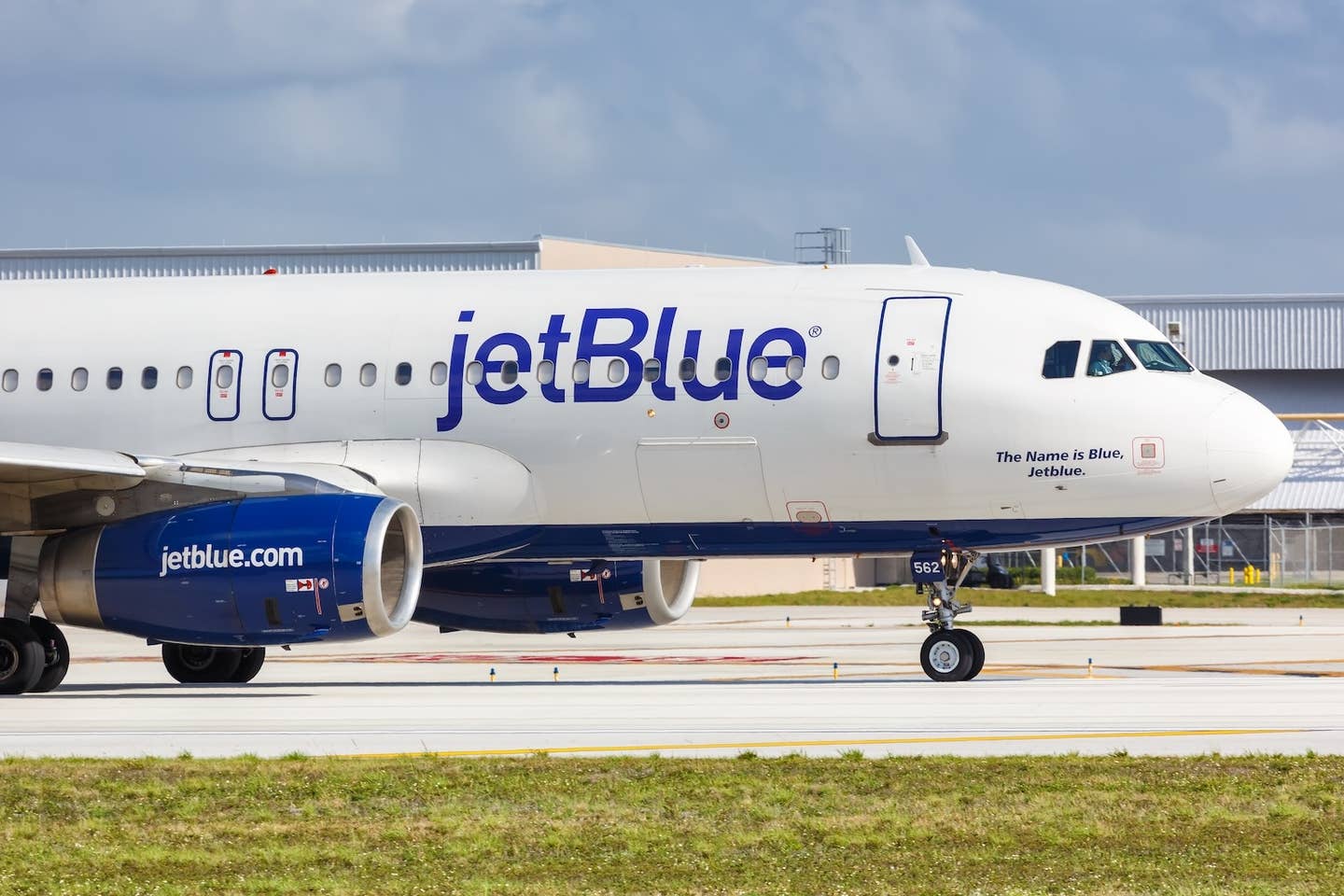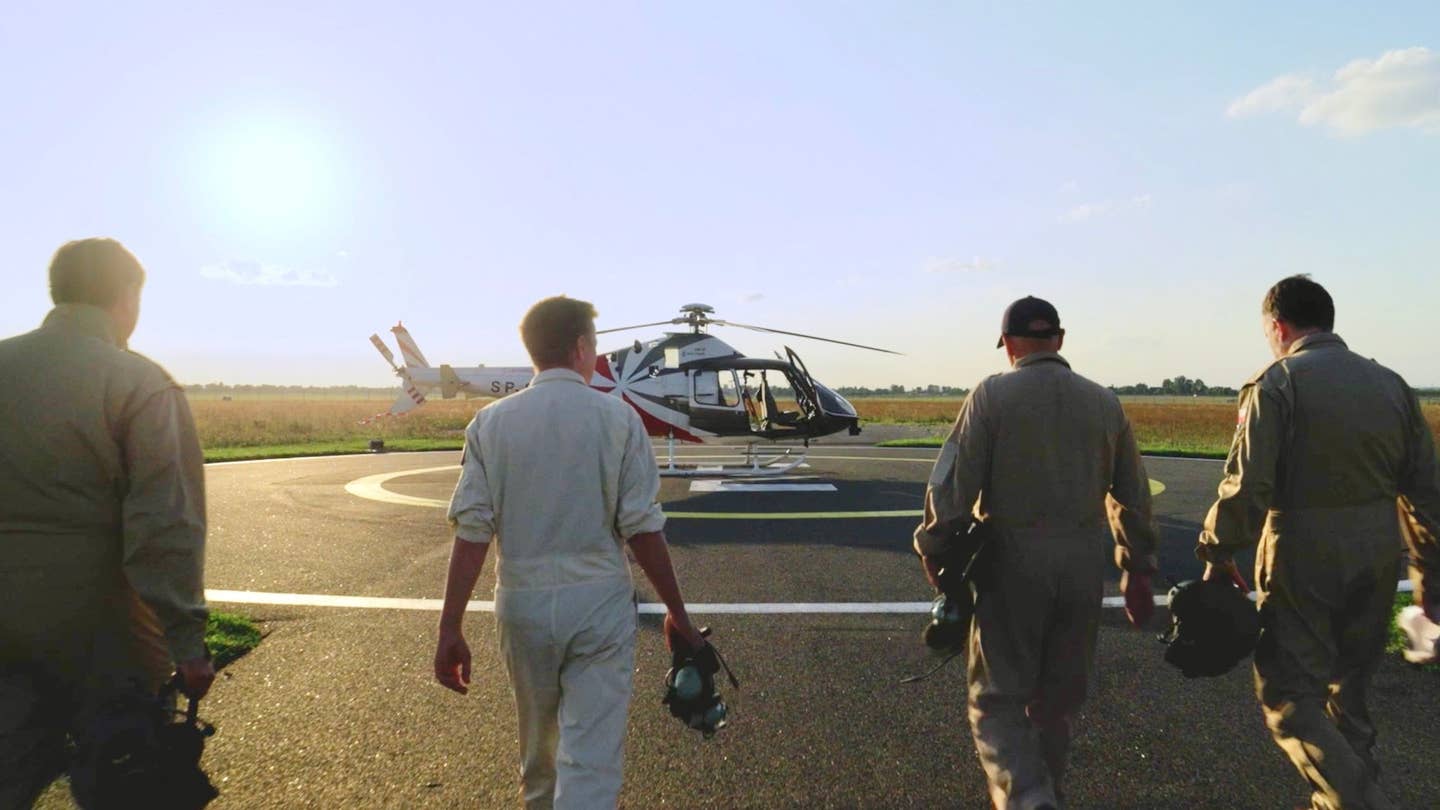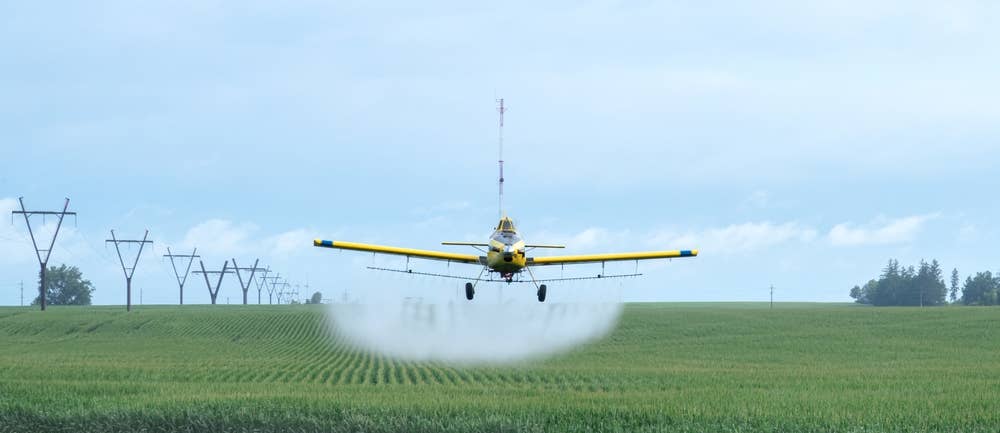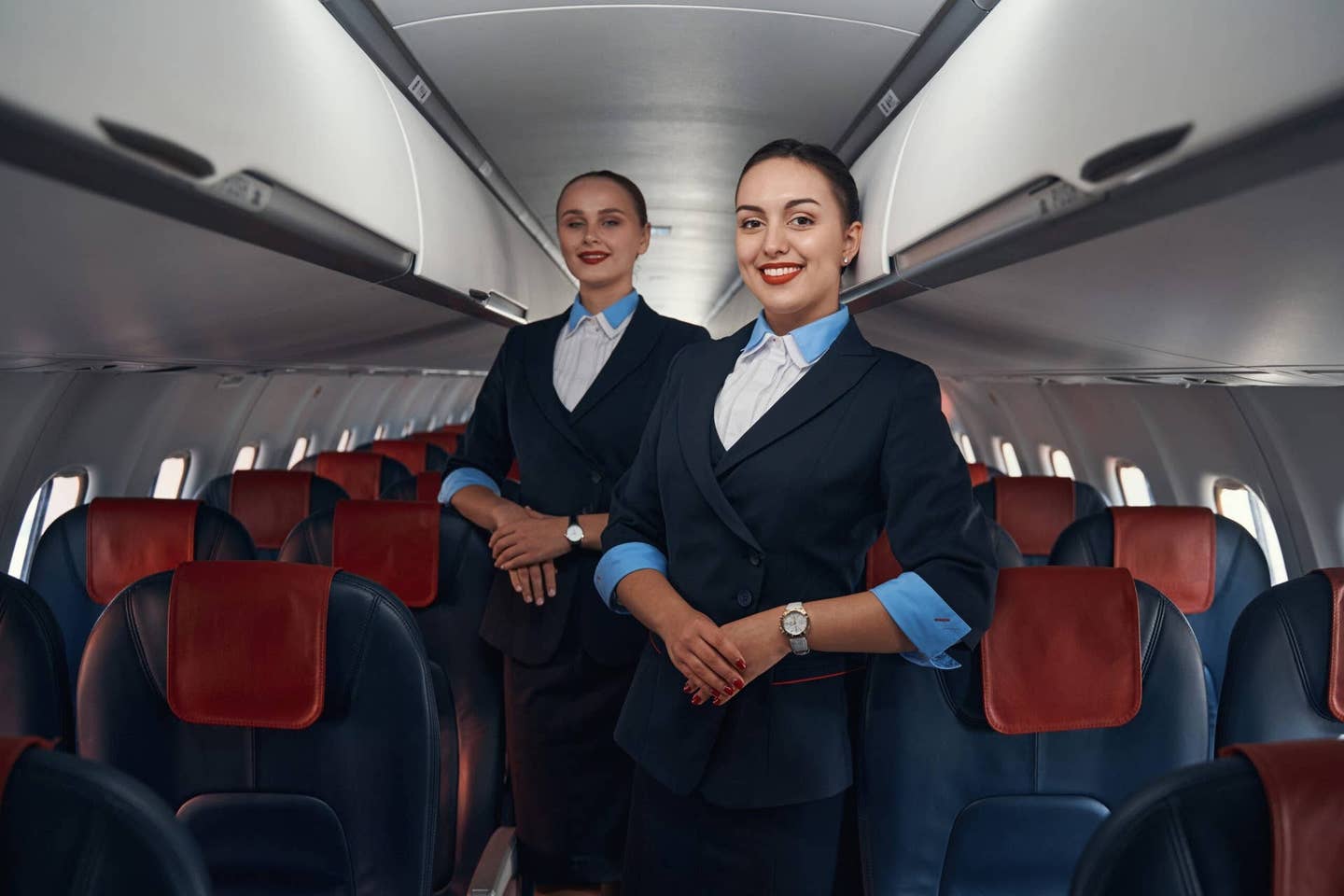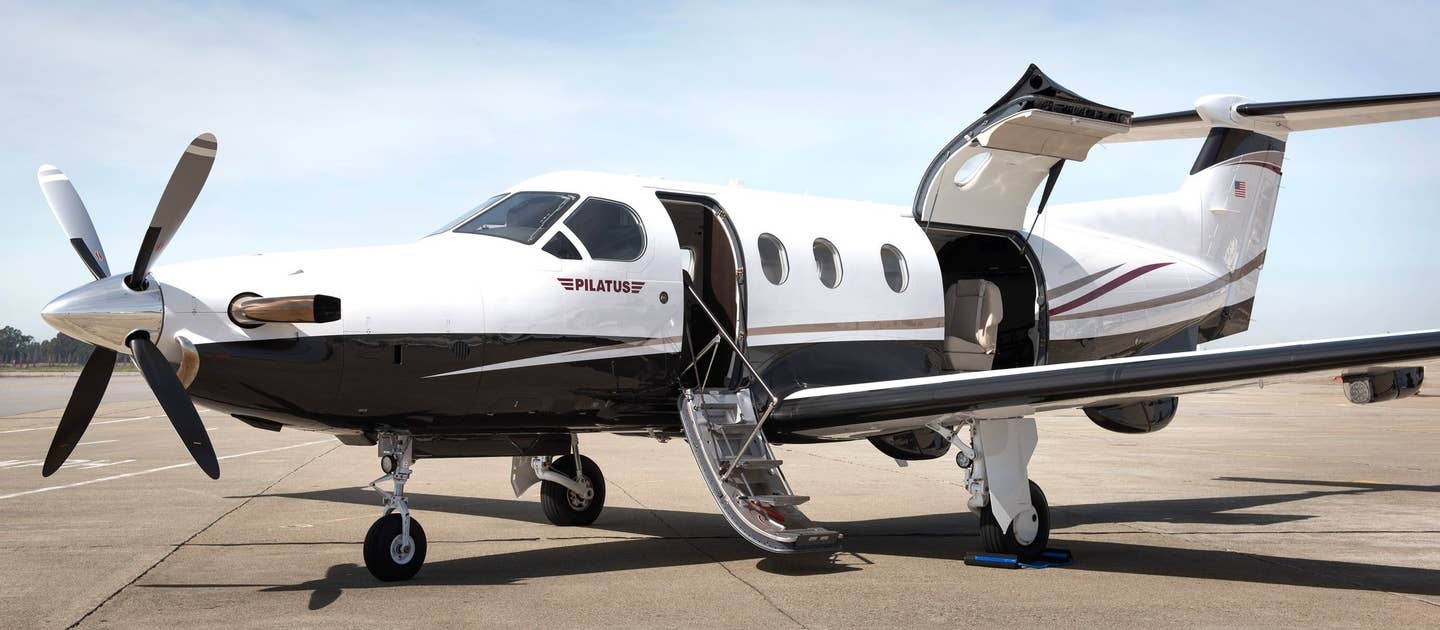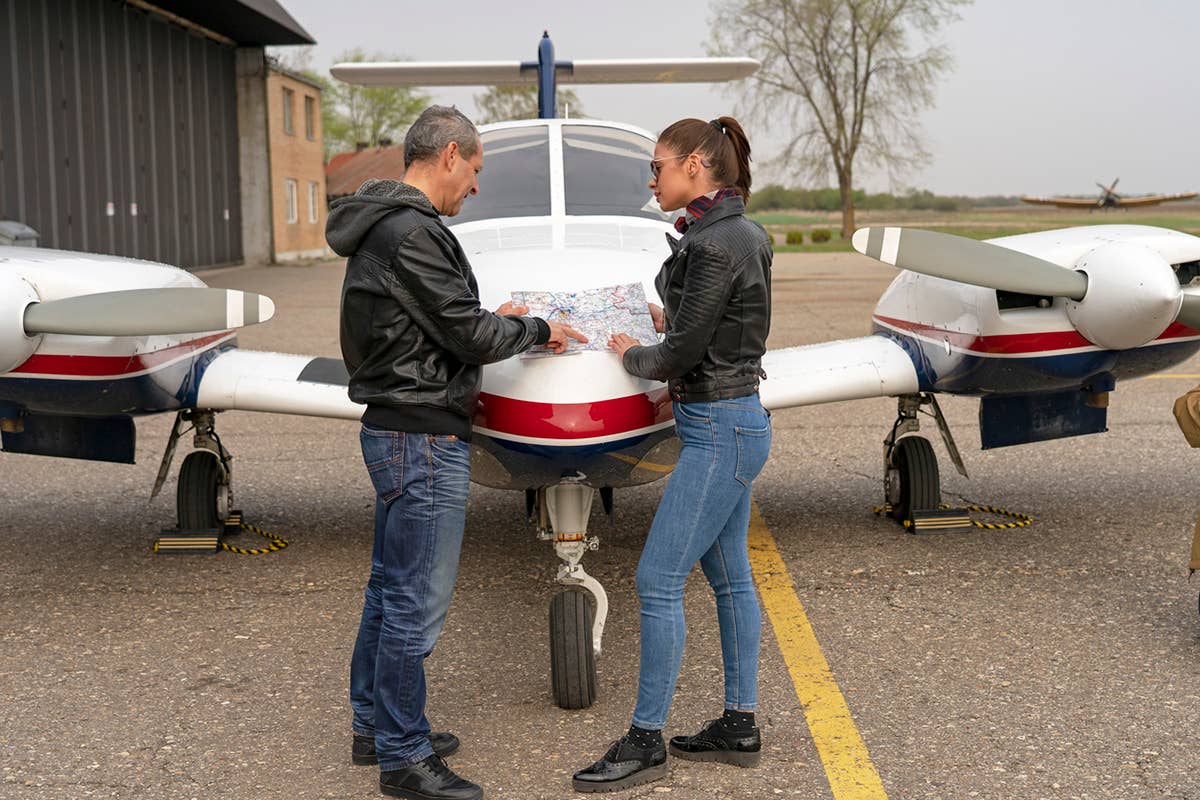
Many new pilots choose to become flight instructors for their first aviation job. [iStock]
New pilots in the United States find themselves in a predicament. They need more flight time to get a good job, but they can’t build that time without a flying job.
Luckily, there are a number of routes a new hopeful pilot can take to progress toward their long-term career goals.
Which job a new pilot takes can be an important decision. Pilots want work that will provide them with quality experience that will benefit their long-term goals.
Among the most important things to do to build the right qualifications is to build connections with others in the aviation industry. Whether in a flying or non-flying job, a brand-new pilot can pick positions that will bolster their qualifications and relationships for significant benefit.
Non-Flying Jobs for Student Pilots
New pilots at the very start of their careers—those just beginning to learn to fly—often choose to work in aviation on the side to fund their training.
Most notably, many work at FBOs at airports big and small to build connections with the crews passing through to pick up passengers or reposition planes. Getting face time with seasoned pilots and reputable charter companies can help budding pilots gain valuable insights and even get an edge that will improve their job prospects down the line.
- READ MORE: How to Become a Charter Pilot
Other student pilots choose to fuel planes or work on the ramp at big international airports, often for major airlines or contractors who manage large contracts. These jobs help new pilots get the feel of working for major airline operations. They can get a sense for how to get around big airports, witness airline schedules firsthand, and manage real-world delays along with the pilots upfront.
Many detail companies also hire student pilots. These new pilots will become comfortable caring for planes and gain new respect and appreciation for the aircraft they fly themselves. Other potential non-flying jobs include airport operations, aircraft maintenance, and airport customer service.
A Pilot’s First Flying Job
Once a pilot is fully qualified to fly for a living, the next question is which flying job will be the best transition from being a student to a professional pilot. A pilot must, once again, be able to gauge which jobs will serve their long-term career goals the best.
Pilots find their first job in a number of different ways. Some use the connections built in previous positions to their benefit, and others work for organizations that have already employed them. In addition, some pilots find creative ways to advertise services such as ferry flights, air tours, or aerial refueling.
- READ MORE: How to Land a Helicopter Pilot Job
Some pilots turn to services such as FindaPilot.com to find jobs. FindaPilot connects pilots looking for work with operators who need crewmembers to operate specific flights. Services such as this can be a great way for new pilots to connect with reputable operators and fly high-performance, complex aircraft to build high-quality time for their careers. Many pilots use services such as FindaPilot as launching pads to accelerate their careers into the next stage.
Flight Instructing
Many new pilots choose to become flight instructors for their first aviation job. Teaching new pilots can be an excellent way to build time quickly while also learning to work with a variety of personalities, students, and situations.
Different flight schools also give instructors the opportunity to operate in different environments. Part 61 schools often promote independent decision making without close guidance from company standard operating procedures, while Part 141 schools help instructors learn to operate in structured, airline-esque environments. Whichever direction new instructors choose, they are sure to gain valuable experience towards their long-term goals.
Instructing is a great way to learn from your own experience and to become intimately familiar with the knowledge and skills you are expected to know. New students keep instructors on their toes and ask intriguing questions that challenge instructors to study, grow, and expand their knowledge.
Banner Towing
Some new commercial pilots opt to become banner towing pilots. These pilots tow large advertisements behind them over beaches, malls, and other tourist attractions.
These jobs give pilots the opportunity to learn in congested airspace—multiple banner tow aircraft often fly in the same area—at low altitudes. This demands heightened situational awareness and attention that helps pilots learn to be aware of their surroundings and take prompt action to correct unusual situations.
These jobs especially tend to operate with aircraft that require specialized training. Many, for example, use tailwheel airplanes that have unique operating characteristics as opposed to the now-more-popular tricycle gear airplanes. This additional experience gives banner tow pilots experience that helps them stand out from other applicants.
Banner tow pilots often fly for hours at a time multiple times per day, making banner towing a great way to build a lot of flight time quickly. Many new pilots thus use banner towing as a great way to gain the experience they need for airline or charter flying in a relatively short amount of time. This is particularly the case in markets that have flyable weather conditions year-round, such as in Florida or Arizona.
Charter Flying
Some pilots are lucky enough to become charter pilots early on in their careers. These jobs often involve operating as second in command of light jets, such as the Cessna Citation line.
These jobs are often, but not always, acquired through connections built earlier in their careers but can often come through online advertisements through social media channels or dedicated advertising agencies.
Charter jobs are especially valuable because they allow pilots time in multiengine turbine aircraft, the exact type of planes that pilots will be flying later on in their careers. The more experience pilots have flying these types of aircraft, the more attractive they’ll be later on with other operators.
Not all charter flying involves point-to-point hops in private jets or turbine aircraft, however. Some pilots start off as ferry pilots, when they get hired to fly an airplane one-way from point to point for maintenance, a system upgrade, or for delivery to a new owner.
This type of charter work can give pilots experience flying a wider array of aircraft to a wider range of destinations across the country. This variation is again valuable for pilots looking to work for operators that fly to more places or over longer distances at a time. Being able to handle a wider array of situations, aircraft, and geographic locations gives ferry pilots an edge over pilots used only to the same part of the country.
Survey Flying
Still other pilots choose to fly for aerial survey companies. These companies are enlisted to fly regular patterns over specified areas to take pictures, scout land, or check areas for damage. Some pilots patrol pipelines for damage as well.
Survey pilots often work side-by-side with photographers or IT specialists who operate imaging or mapping equipment on behalf of the client company. This provides pilots with the experience of operating a specific mission with certain parameters and constant distractions. This requires the pilot to divide their attention between flying the airplane and completing their task in a way that is both efficient and safe.
Though pilots, of course, train in division of attention throughout their training, flying survey provides a real-world way of dividing attention that cannot be simulated in a training environment.
There are plenty of ways pilots can build experience toward becoming professional aviators. Each job has strengths that will help pilots grow towards their long-term career goals, whether they be airline flying, corporate aviation, or contract work.
There is no one specific way to become a professional pilot—and it’s possible to be successful no matter which route is taken.

Sign-up for newsletters & special offers!
Get the latest FLYING stories & special offers delivered directly to your inbox

